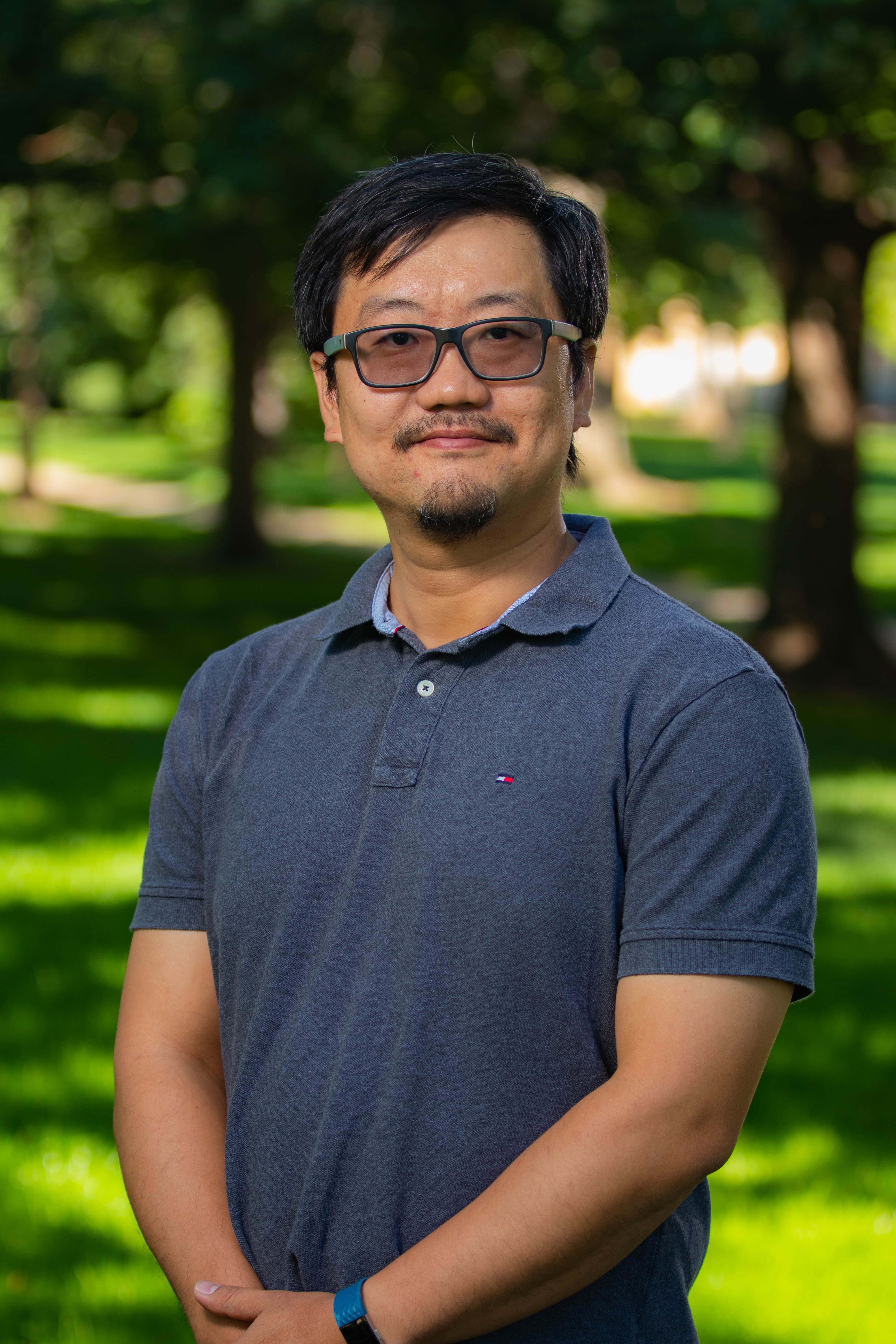Distributed Fiber-Optic Sensing Applications for Oil and Gas: A Non-seismic Version for Geophysicists
OR
SEG members, view the course for free!
Format: Virtual Webinar. 45 min. presentation followed by 15 min. Q&A
An optional post-lecture workshop will immediately follow each lecture for expanded Q&A and networking
Session 1, Friday, Oct 4, 2024, 9 am to 10 am US Mountain Time
Session 2, Wednesday, Oct 23, 2024, 7 pm to 8 pm US Mountain Time
SEG Members Free Access Details
Two live sessions are completed. Please scroll down to watch the videos from the recordings below. SEG members, view the course for free!
Abstract
In the realm of geophysics, the application of Distributed Fiber Optic Sensing (DFOS) has predominantly been concentrated on seismic applications such as Vertical Seismic Profiling (VSP) for reservoir characterization, microseismic monitoring for hydraulic fracturing and induced seismicity, and seismic interferometry for near-surface imaging. Nevertheless, optical fibers have the capability to support multiphysics measurements, enabling the simultaneous acquisition of distributed temperature, strain, and vibration data along a wellbore using a single sensing cable. This multiphysics capability facilitates various applications throughout the lifecycle of an oil and gas well, spanning from completion and production to abandonment. The large DFOS data volume necessitates advanced signal processing and data visualization techniques to enhance interpretation results, creating significant prospects for geophysicists to collaborate with petroleum engineers to address subsurface and well-related challenges.
In this lecture, I’ll showcase several non-seismic applications of DFOS, with a focus on distributed strain sensing based hydraulic fracture monitoring and distributed temperature sensing based well integrity monitoring. Through a series of field case studies, I will demonstrate the value of DFOS measurements in the hydrocarbon exploitation and carbon dioxide sequestration sectors, emphasizing the significant business impact of cross-disciplinary research in this domain.

The figure is from: Jin, G., & Roy, B. (2017). Hydraulic-fracture geometry characterization using low-frequency DAS signal. Leading Edge, 36(12), 975–980.
Your Instructor

Dr. Ge Jin is an Associate Professor of Geophysics and Co-director of Reservoir Characterization Project at Colorado School of Mines (Mines). He is interested in Distributed Fiber-Optic Sensing (DFOS) applications in geophysics, as well as seismic imaging and machine learning applications. He initiated and developed many important DFOS applications for oil and gas applications, including cross-well strain monitoring, DAS-based microseismic imaging and reservoir characterization, and DFOS-based production logging. Before joining Mines, he worked as a research geophysicist at ConocoPhillips for 5 years. Dr. Jin obtained his Ph.D. in Geophysics from Columbia University in the City of New York, and dual B.S. in Geophysics and Computer Science from Peking University.
